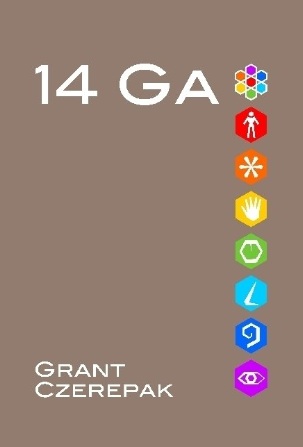Vodpod videos no longer available.
If you listen carefully to what Jared Diamond is saying in the TED video above, he is describing not a five part, but a six part power curve into a systemic singularity. This has been one of the core themes of discussion of this blog. We all seem to be too close to our problems to see the commonality. The interrogatives come into play here:
- Goals
- People
- Functions
- Forms
- Times
- Distances
Times and Distances being the basis on which the higher orders are built.
When we look at the recent economic “crisis” we see 300 trillion in currency circulating and roughly 1 trillion to 2 trillion shifting suddenly and unexpectedly. We witnessed a systemic collapse, a singularity, a tipping point, a power curve, an exponential change, a phase transition or whatever label you want to call it. These have been happening everywhere since Time and Distance began in different contexts and orders both in human and non-human systems.
What Jared Diamond and other alarmists are implying is that human society is now a system approaching its final singularity in this century on this planet. We are implying that today we are experiencing a less than one percent crisis on a power curve into a singularity. How many more iterations will the global system withstand? Will humanity make the step into space successfully before we experience a global dark age? How will the six or more factors in the power curve play out?
The truth to me appears to be that power curves whether they play out or not result in either a systemic climax or anti-climax followed by a systemic collapse. Would it not be better if we experienced a systemic climax that led to us expanding into the solar system?
Systemic collapse seems to be the fashion of this generation. Every generation looks with fascination at its own youth, maturition, reproduction and acceleration into mortality. Some die early, some die late, but all die. It is an irrevocable law of nature. It is not about self-interest. It is about what self-interest is defined as.
Related Posts:



























